Phycoremediation may be defined in a broad sense as the use of macro algae or micro algae for the removal or biotransformation of pollutants, including nutrients and xenobiotics from wastewater and CO2 from waste air (Olguín, 2003). Microalgae play an important role during the tertiary treatment of domestic wastewater in maturation ponds or the treatment of small–middle-scale municipal wastewater in facultative or aerobic ponds (Aziz and Ng, 1993; Abeliovich, 1986; Mara and Pearson, 1986; Oswald, 1988, 1995). Micro algae enhance the removal of nutrients, heavy metals and pathogens and furnish O2 to heterotrophic aerobic bacteria to mineralize organic pollutants, using in turn the CO2 released from bacterial respiration . Photosynthetic aeration is therefore especially interesting to reduce operation costs and limit the risks for pollutant volatilization under mechanical aeration and recent studies have shown that microalgae can indeed support the aerobic degradation of various hazardous contaminants (Mun˜ oz et al., 2004). Hazardous pollutants include a wide range of toxic and/or persistent substances that can be found in all environmental compartments. The present thesis deals with the application of algal-based processes for the detoxification of industrial effluents under aerobic conditions (biodegradation of recalcitrant and toxic contaminants).
Phycoremediation potentials of micro algae:
The mechanisms involved in micro algal nutrient removal from industrial wastewater are similar than that from domestic wastewater treatment. Algae-based treatment is especially interesting in the case of N-containing contaminants whose biodegradation normally leads to NH4+ or NO3 _ release. (Mun˜ oz et al., 2005a, b).
Heavy metals represent an important group of hazardous contaminants often found in industrial wastewater (Kratochvil and Volesky, 1998). Microalgae can be efficiently used to remove these (Can˜ izares- Villanueva, 2000). Microalgae can biodegrade hazardous organic pollutants. Micro algal species have been successfully used for the treatment of olive oil mill wastewater and paper industry wastewater (Abeliovich and Weisman, 1978; Narro, 1987). Lima et al. (2003) reported -nitrophenol removal by a consortium of micro algae.
Phycoremediation of industrial effluents:
Proper management is industrial effluent is very essential for saving the environment. Careless and indiscriminate disposal of effluents have already caused major environmental and health problems. Technology should be developed not only to prevent further pollution but also remediate already polluted areas and make them habitable. Bioremediation can help manage effluents very effectively than the conventional methods.
Conventional methods vs Algal technology
Industrial effluents are conventionally treated using a variety of hazardous chemicals for pH correction, sludge removal, colour removal and odour removal. Extensive use of chemicals for effluent treatment results in huge amount of sludge which forms the so called hazardous solid waste generated by the industry and finally disposed by depositing them in landfills. Algal technology avoids use of chemicals and the whole process of effluent treatment is simplified. There is considerable reduction in sludge formation. Algal technology is highly economical and eco-friendly.
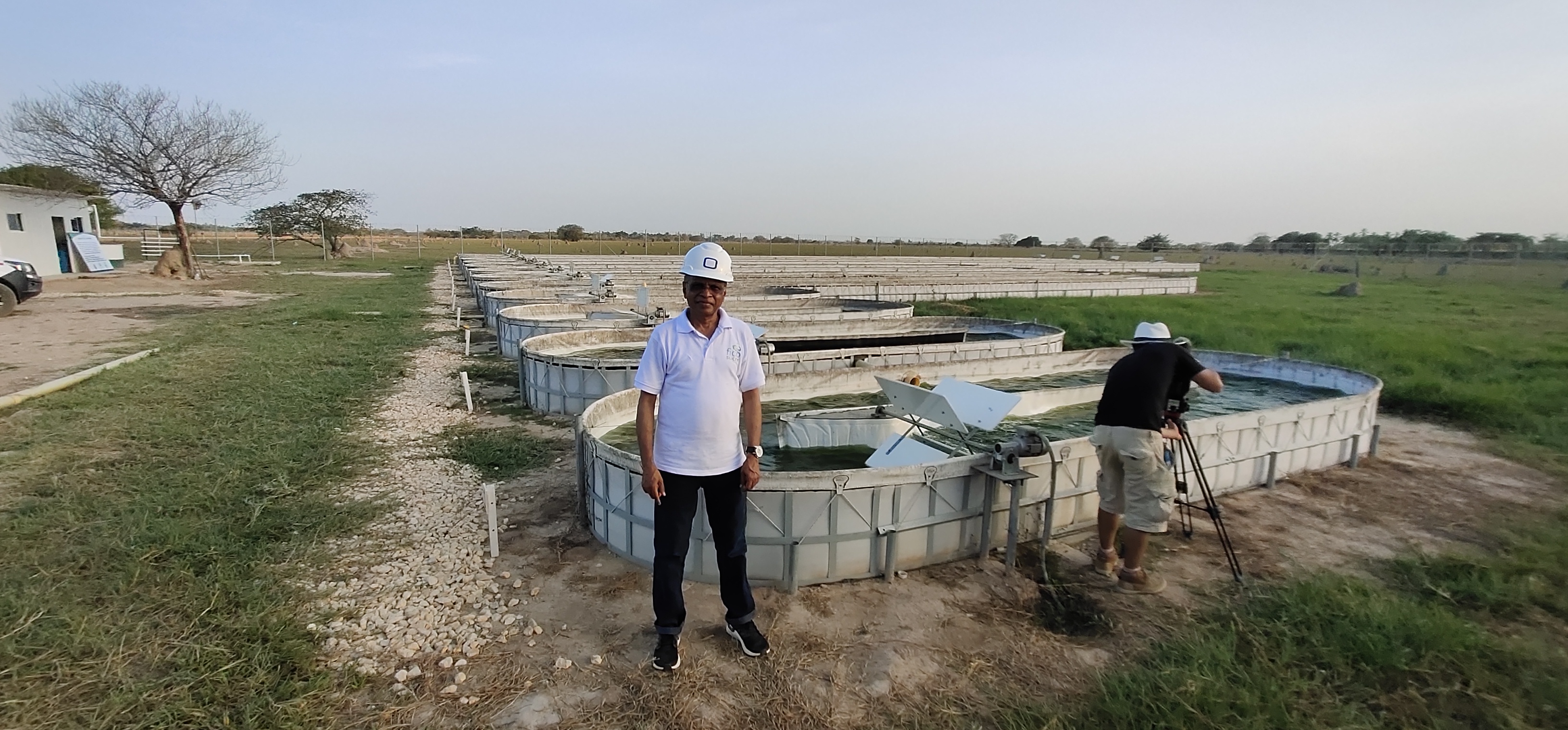
This facility at Sucre, Colombia is the World's First largescale Phycoremediation Production unit for restoration of polluted natural water bodies like ponds, lakes, swamps, reservoirs, drains and rivers. A consortium of robust beneficial micro algae isolated from the same water body is grown in density here by providing nutrients and growth factors and returned back to the polluted water body for restoration - Bio- agumentation process aided by PHYCOPLUS technology of Phycospectrum
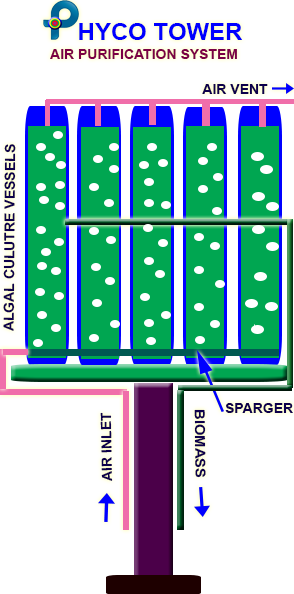
PHYCOTOWER is an efficient natural way of purifying air by harnessing the power of superior micro algae developed and designed by Phycospectrum through 2 decades of research.
This customized system can be installed at home, offices and industry premises for continuous removal of carbon di oxide, SOx NOx etc. and improve oxygen levels. The system employs photosynthetic micro algae which consumes CO2 and evolve oxygen. Easy to install and maintain. Very low energy consumption. The biomass produced can be used to make fertilizers, fuels etc.
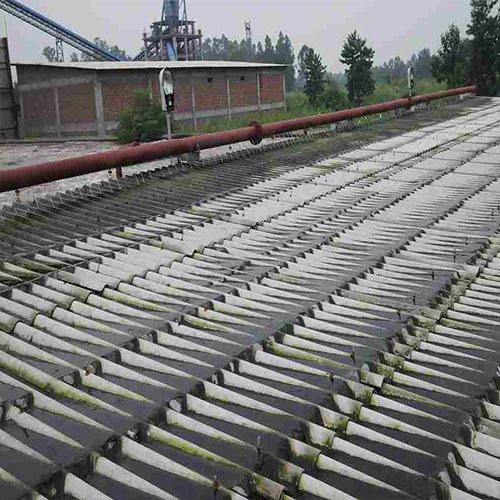
PERC has recently developed a micro algae based technology to treat the most toxic Gel Dye effluent at an Acrylon manufacturing industry in India. This new technology removes colour, reduces COD and detoxicify the dye effluent and make it suitable for reuse. The process is being scaled up. The industry can save 120 thousand USD/year on chemicals when this technology is implemented in large scale.
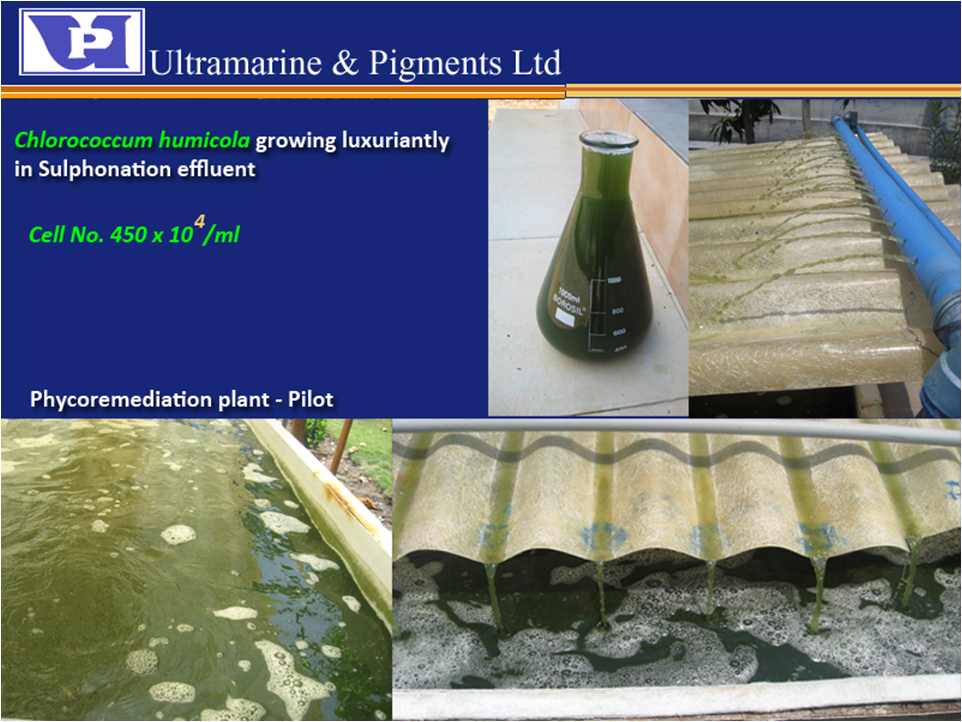
Effluent from a detergent factory - pH correction and sludge removal
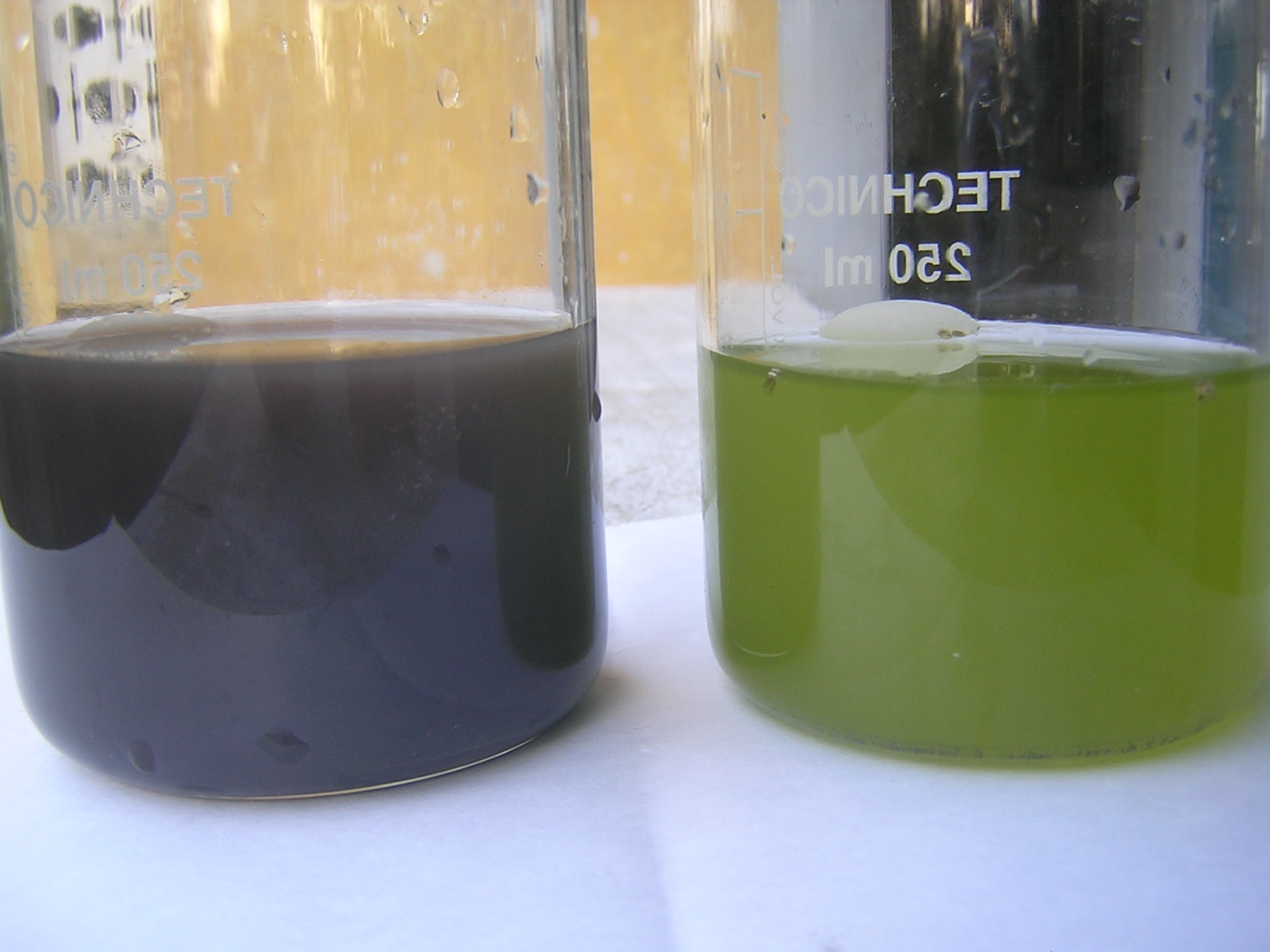
Effleunt from a leather processing chemical industry. Sludge reduction and BOD, COD removal.
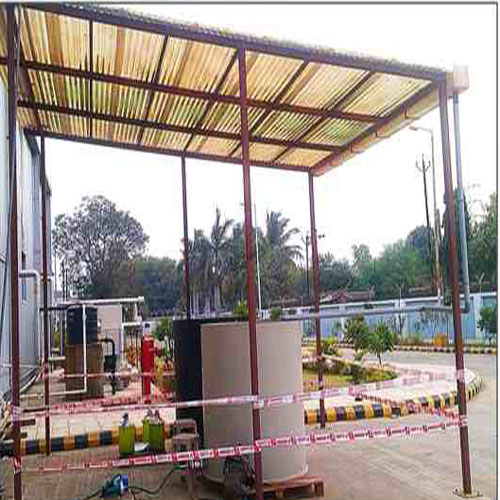
PERC has successfully installed a pilot plant at Hettich Appliances, Baroda, to manage effluent with high nickel. The microalgae has the potential to treat the highly Ni contaminated acidic effluent to less toxic and neutral pH effluent. The algae can tolerate the high Ni conc. (1500-2000 ppm), and low pH (1.5-2.0).
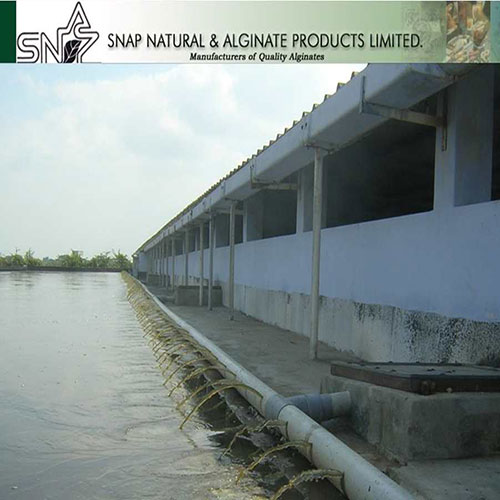
SNAP ETP Plant - 100 reduction in sludge. pH correction

Dr V Sivasubramanian and his team has implemented algae based treatment technology in industries in India and abroad. pH correction, sludge reduction/removal, BOD and COD reduction have been achieved through Phycoremediation.
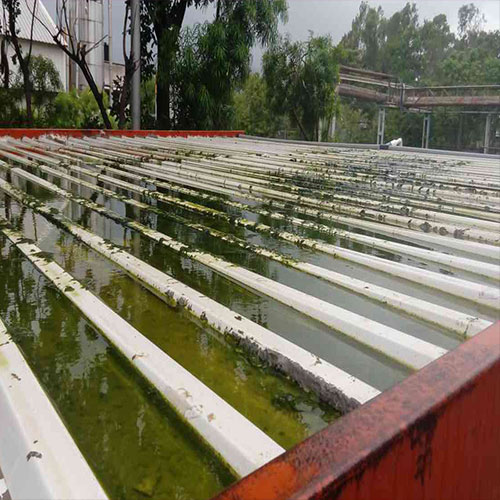
PERC has successfully installed a pilot plant at BRINTONS CARPETS, PUNE, to manage R/O reject as a better alternative to Multiple Evaporator system.